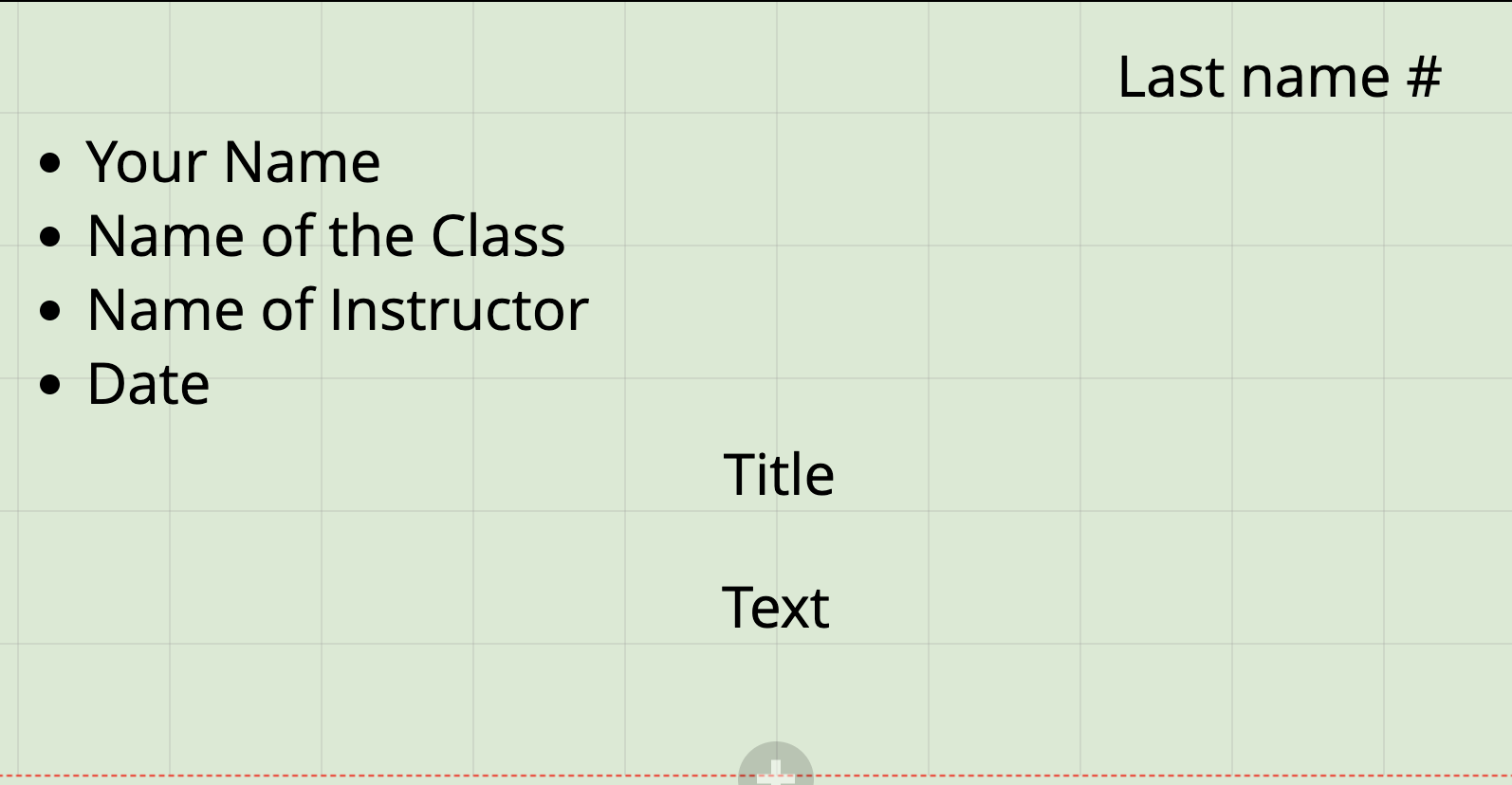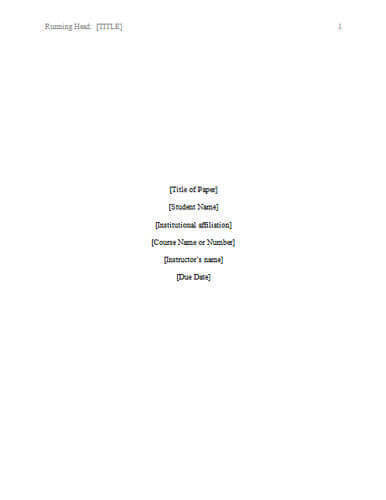Secondary Research...
Writing with Sources



Secondary Research Skills
Mission Objectives
Day 1 - Finding/Evaluating a Source
Day 2 - Writing with a Source
Day 3 - Citing/Documenting a Source


SOURCE TYPE
Secondary sources:
- These sources are written about a subject of research, often both scholarly but can come from popular sources.
- These are usually academic articles, books, websites, "about" a particular subject.
- Evidence-based, backing up another scholar/idea/theory.
- Very important sources for finding valuable quotes and material to establish your thesis and on-going research.
- These are sources OTHERS have written but speaks to the work/research you are doing.


Look at the following lists of secondary sources. Which of these types of sources would most benefit a research topic or research question you have? Spend a few minutes & jot down 2-3 & why they would be important:
- Books
- Ebooks
- Anthologies
- Database Articles
- Web Articles
- Encyclopedia
- Ethnography/Autoethnography
- Journals/Diaries
- Video Sharing Sites
- Blogs/Vlogs
- Social Media Posts/Pages
- Video Documentaries
- Podcasts
- Company/Organization site
- Testimonies
- Other visuals (e.g. posters, diagrams)
In what way can using a specific source like this help your writing/research? Why choose it?
Primary
- First-hand accounts
- Personal Experience
- Research is conducted rather than found
- Interview responses are valued
- Survey results are valued
- Observation or field data is valued.
- Data is coming directly from you or your participants.
Secondary
- Accounts gathered from others
- Connecting with others
- Research is found and analyzed as useful
- Finding "quotes" to support your research question
- Finding key terms or insights to support your research question
- Shows credibility using other scholarship.
- Data comes from other researchers.

Evaluating your Sources...
Tips To Finding Sources
- Narrow down your results using the TOOLS Search Bar. This is usually off to the side of most databases and search pages and you can toggle date range, peer-reviewed, subject, full-text, etc.
- If you are looking for an article be aware of whether it is PEER-REVIEWED, FULL-TEXT, and the Date of when it was published. Some instructors, especially in science/medical fields will be particularly picky about sources being as recent as possible.
- Use the ADVANCED SEARCH OPTION when using a database. If using a database, they have similar tools to reduce results. Think about your KEYWORDS, RESEARCH THEMES when creating search words.
Examples...
What Keywords should you use? Try mixing and matching to find promising leads...
- Web Design
- Game sites
- Semiotics
- Video Games
- Learning
In-Class Week 5: Finding/Evaluating a Key Source
Consider the importance of finding key sources in different ways when you are considering a research question related to games/media. Use CMU Library Database, Google Scholar, or a general search to:
- STEP 1: Browse/filter your search to find a key scholarly source in CMU Library Database that you find interesting, helpful, insightful. What keywords should you use?
- STEP 2: Try using Google Scholar or a standard Google Search for another key source about your research question or topic of interest.
Write a brief reflection (around 200 words) what you found in your source hunt and what helped you determine and evaluate it was a good source. We will share our findings with classmates next session.
Day 2 - Writing with your sources

Research Writing Tips - DIRECT QUOTE
- Direct Quotes: Information pulled "word for word" directly from your source (passage, voice/video dialogue, important statement)
- Don't over-use DQs but be selective of where they show up within your own writing.
- Often, you use a DQ to establish a critical message that you will write about and analyze after the quote appears.
- Block Quote: 5+ lines, quote appears completed indented, away from your original writing.
Example:
Dr. Laura Ringold discusses that, "the key signs of a healthy online community are associated with proactive participation among members, contributions in chat rooms that lend to productive response from others, and as one study suggests, an increased rate of members who engage in networked awareness of information flow" (Ringold 45).
Research Writing Tips - PARAPHRASES
- Information taken from a source but put in your own words or alternate phrasing through the use of synonyms, separating/joining sentence ideas, or aligning with a reader-friendly language.
- Puts things a different way while still taking meaning from original.
Examples:
DQ - "The acceleration of globalized information technology has led to a mental health crisis in America associated with anxiety caused by the proliferation of social media trends among the youth culture" (James 45).
Paraphrase - Many have studied the effects of too much screen time with social media which has led to disorders and healthier trends are needed among younger generations (James 45).
Research Writing Tips - SUMMARY
Your explanation of the source's details and info where you cite major key concepts and areas. Often this happens when using abstract, introduction, conclusion or other material.
- Essential ideas, concepts, across a chapter or longer passages.
- Quotes may be used to emphasize key areas of your summary.
Examples:
- Henderson finds it important in stressing the concept of "intercommunication" and "networking" as huge aspects of social media within game culture for more instant access to latest posts and news that impact the group (56).
- Nolan discusses the importance of the "community needs" and "rhetorical situation" as being the two main driving points behind an affinity group's interaction, posts to spread awareness of events and knowledge and skills (34).
Writing with Sources Tips - SIGNAL PHRASES
- A phrase or word cue that you will introduce a passage.
- Conveys tone, attitude, of the writer or work (e.g. argues, defends demonstrates, etc.)
- Helps the reader prepare for the idea in the word presented.
Examples:
- In Smith's article, he argues...
- Dr. Woodridge asserts that....
- Within the critical text by...
- Within this passage on communication,
- In a study conducted by...
- A critical moment in X suggests...
Writing with Sources Tips - Always CITE MATERIAL no matter the style of writing
- In Text Citations = (AUTHOR PAGE NUMBERS) (ORGANIZATION PAGE NUMBER) - MLA
LOOKS LIKE = (Smith 46)
- In Text Citations = (AUTHOR, DATE, PP. #) (ORGANIZATION, DATE, PP. #) - APA
LOOKS LIKE = (Henderson, 1992, p.45)


- CHOOSE ONE of the 4 web-articles this week on learning game tech and design - if you were choosing a key quote, putting an idea into your own words, what would it be and why? You can jot this down in notability or a word doc as we will use for later and then we'll share with a partner near us.
Practice writing with a source - Step 1



Color Groups Discussion Thread - Writing with Sources
STEP 1: POST your sample passage using one of this week's game tech web articles into your appropriate color group for your group members.
*Read and Discuss what you chose and focused on.
STEP 2: Using a KEY SOURCE that you found since Monday's class, practice writing a paragraph that integrates your source with your writing (practice with citation, direct quote, etc.)
POST the content of the paragraph with a source and later we will look at a partners and see how they are using sources.
Day 3 - Citing/Documentation


In-text Citation
- Shows proper reference to your source or point of information.
- Always uses parenthesis in the body paragraphs (SOURCE)
- Let's reader check the source in the paper with what's at the end.
- Shows differences between your voice and other writers/sources.
Works Cited (MLA) or References (APA)
- Always needed at the end of a research essay or project.
- Alphabetical order
- Hanging Indents
- Allows readers to check out an additional source you've mentioned.

Book (MLA)
Greene, Stuart and Lidinsky, April. From Inquiry to Academic Writing, 3rd edition, Bedford/St Martin's, 2015,1-28.

Greene, Stuart and Lidinsky, April. (2015). From Inquiry to Academic Writing, (3rd ed.), pp.1-28
Book (APA)
Citing a Video...
"Ocean Life - An Exotic Underwater Adventure" Youtube, uploaded by Terra Wonder, Feb. 26, 2015, https://www.youtube.com/watch?v=Aqf2o668ADw
If no Organization is given, START with the Title...
Documenting your sources...Getting started
Book: 1. Author 2. Title 3. Publisher 4. Date 5. Page #
-
Online Article
- Author
- Title of Article
- Title of Source (Journal)
- Volume/Issue Number
- Date
- Page Numbers
- DOI, URL (these will help someone find the article)
- Video: 1. Organization (if available) 2. Title 3. Source (Youtube, Vimeo) 4. uploaded by, 5. upload date 6. URL
- Website/Blog: 1. Author, contributors, 2. Title of Site/Blog 3. Date of posted content. 4. Web URL
WHAT'S UNIQUE ABOUT CITATION STYLES? -MLA
- MLA has all of the relevant course/student information on the 1st page with the content.
- In-text citations are shorter than most citations
- Used in most English, Arts, and other related courses.

WHAT'S UNIQUE ABOUT CITATION STYLES? - APA
- APA has a Cover Page for all of the relevant information with a Header called a "Running Head"
- Unlike APA, there is more of a focus on giving DATES within in-text citations
- Gender Bias Angle = Avoiding talking about authors in terms of male/female.
- Used in a variety of social sciences, psychology, and health related fields.

Secondary Source Chart
On-Going Research...
-
What will your secondary sources do? These sources may do the following:
- Provide an inspirational story/narrative that supports your own experience.
- Delivers scholarship/research that directly or indirectly impacts your understanding of the group, game, media, or digital space.
- A critical study into your group that is useful in making connections.
- Explores a characteristic of game culture and social media culture more in depth.
- Stock-piling important terms, key quotes, making connections, and working towards a Works Cited Page.
End of World 5 - Objectives
After spending some time finding some other diverse sources what types of sources you are finding so far (titles, relevance to your topic, ideas of interest, unique studies or research trends). Use this time to start filling in information to the Secondary Source Chart such as citations or your thoughts on the source for starters. I will come by to check you off for what you put into the source chart for today.


Source Chart Check-In
A.I. Friday Forum #5
Use Perplexity (or another platform) to practice finding another secondary source of interest! This can be added to your source chart!
Activity Session - Building your Conversation
- In the upcoming weeks, you will want to build the content in your Secondary Source Chart Assignment (at least 6-8 sources) for source ideas for the next essay. Consider having diverse sources by searching for the following:
- A Book (physical or Ebook) on your topic
- Database Articles from different journals
- Web Pages or Web Articles online
- A YouTube Video or Documentary connection
- A Social Media Page or profile that ties in
- A Web Blog with relevant content to your research on discourse community
*At some point in class, you will raise your hand and let me see what you've worked on so I can check you off for credit.
